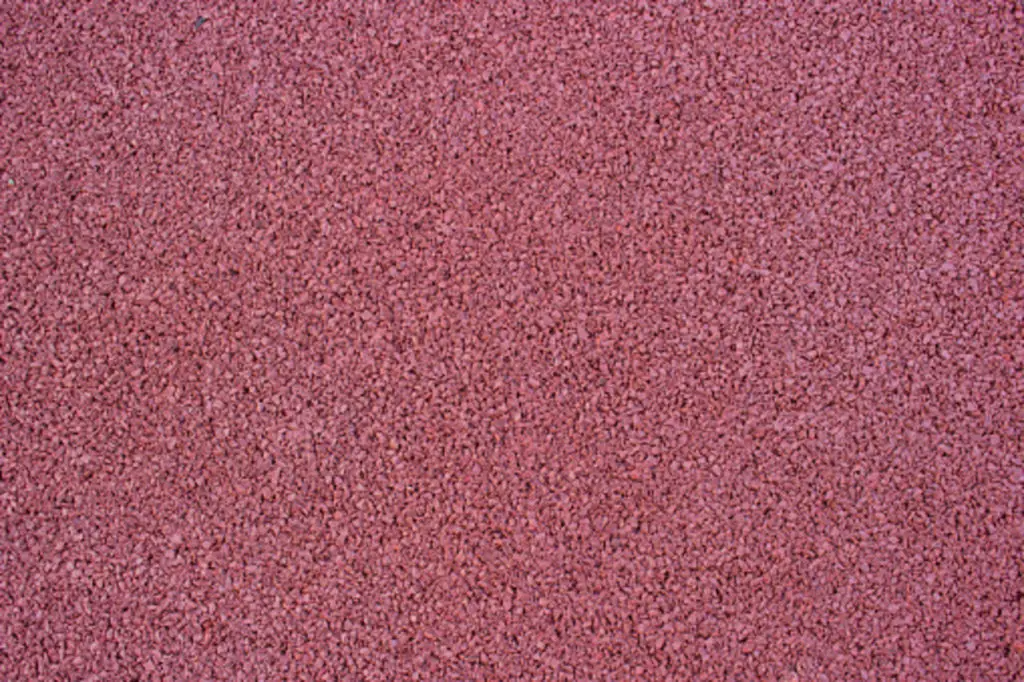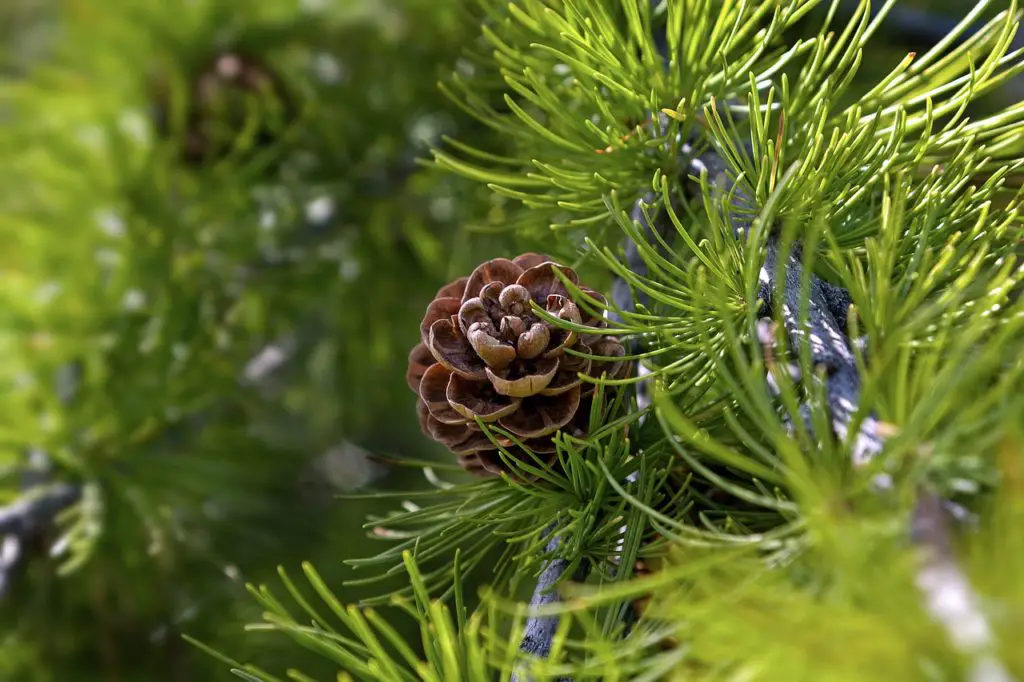“How long does rubber mulch keep its color?” is a question that comes up when you’re planning to use colored rubber mulch on your playground.
How long rubber mulch keeps its color is dependent on its exposure to sunlight and fades over time. Due to constant sunlight exposure, black mulch turns grey after some time. However, to keep your rubber mulch colorful apply a thin layer of fresh mulch to cover the fading mulch.
This article takes an in-depth look at how long rubber mulch keeps its color and which color black mulch becomes when it fades. Additionally, I’ll share my findings on how to get rid of white mold on mulch.
So…
How Long Does Rubber Mulch Keep Its Color?
How long black mulch stays black is dependent on the type of dye used. Black rubber mulch dyed using cheap paint fades after a year. Nonetheless, many highly-rated brands have had their black mulch looking black for at least 10 years.
Most manufacturers use high-quality carbon-based dye to make black rubber mulch. Also, they use an odorless sealant that locks in the color and the rubber smell.
It’s therefore advisable to buy treated rubber mulch from certified dealers. They offer superior and treated black mulch that can stay black for a long time.
Rubber mulch breaks down slowly and maintains its color for some time.
But…
Does Black Rubber Mulch Fade?
Black rubber mulch fades after too much exposure to the sun. Recycled tires, which are primarily black, make rubber mulch. However, immediately after purchase, non-dyed rubber mulch has a rich black color. Over time, the saturation of the black color may reduce because of the weather conditions.
Extreme and prolonged exposure to sunlight may speed up its fading. Under such harsh weather conditions, the black rubber mulch may turn color after a year as the rich black color fades off.
However, you can reapply a fresh coat of black dye to maintain a new black look on your mulch. Moreover, applying a fresh layer of rubber mulch during maintenance keeps your playground/landscape surface looking as vibrant as possible.
What Color Does Black Mulch Fade To?
Black rubber mulch fades to grey over time. It’s prevalent during the summer seasons when the temperatures are incredibly high.
A grey hue appears on the black mulch with continuous exposure to the sun. You’ll observe this a year after installing the mulch on your playground or landscape bed.
Over time the black color could turn grey completely. Consequently, the rubber mulch becomes dull and unattractive.
At this point, it’s advisable to add a fresh black layer to retain the aesthetic appearance of your playground. A thin layer of fresh black mulch helps cover up the grey mulch.
Regular maintenance of the rubber mulch is advisable to retain the vibrant black shade.
Why Did My Black Mulch Turn White?
When fungi infect black mulch, it turns white. Fungi grow on the mulch due to moisture and the dark environment around the mulching material.
Although some fungal species that affect your mulch aren’t harmful, other varieties may be pathogenic and harm your plants.
If it’s white mold, you don’t need to worry as it’s not harmful to your plants, although it might be unsightly. Instead of getting rid of it, consider the additional benefits to your plant’s growth.
Saprophytic fungi feed on dead organic matter and help in improving the soil’s health. They also release essential minerals into the plant roots and are thus beneficial to your plants.
However, if you find the affected mulch unpleasant to look at, loosen it up with a rake. It allows air to circulate and helps it to dry out.
If it’s pathogenic, it’s necessary to remove the mulch entirely and not use it again, which is expensive.
How Do You Get Rid Of White Mold On Black Mulch?
You get rid of white mold on black mulch by applying the methods discussed below:
- Aeration
You loosen the mulch using a rake. Thus, allowing air to circulate it to help it dry out.
- Heating
You can treat white mold by using heat. How? By removing mulch and putting it in a pile in a sunny area. Then wet the rubber mulch thoroughly and wait for a few weeks.
It causes the decomposition process to start causing the mulch pile to heat up enough to kill the mold.
The temperatures should rise to between 110 and 140 degrees Fahrenheit. Nevertheless, you can speed up heating for colder seasons by covering the pile with a thick clear plastic tarp.
- PH Changing Agents
Raising the pH of the rubber mulch is effective in stopping fungal growth. Liquid lime, which you can find in chain stores’ gardening section, is suitable for this. Sprinkle this mixture directly onto the mulch to make its environment less acidic. However, be careful not to get any liquid lime on plants as it’s harmful to plants.
FAQS
How Do They Color Black Mulch?
They color black mulch by dyeing it with carbon. Carbon used to dye black mulch is commonly used for paint or ink.
The carbon-based dye is non-toxic, safe for handling, and doesn’t negatively affect the environment.
Does Rubber Mulch Come In Different Colors?
Yes, rubber mulch comes in various colors such as red, green, silver, brown, and camo blend. The variety of colors makes it suitable for a playground cover.
Conclusion
How long rubber mulch keeps its color is, therefore, influenced by its exposure to sunlight. Colored rubber mulch may retain its color for up to ten years. It means that you’ll get good value for money since you won’t have to keep re-dying it.
Black rubber mulch fades in time because of the constant exposure to the sun. However, regular maintenance, which includes applying a thin layer of fresh mulch, keeps your rubber mulch looking colorful and new.
Rubber mulch also offers excellent aesthetic value because it comes in a versatile range of colors. Different earth tones and designer colors are available to complement your landscape theme.
Also check – Can Rubber Mulch Catch On Fire?


